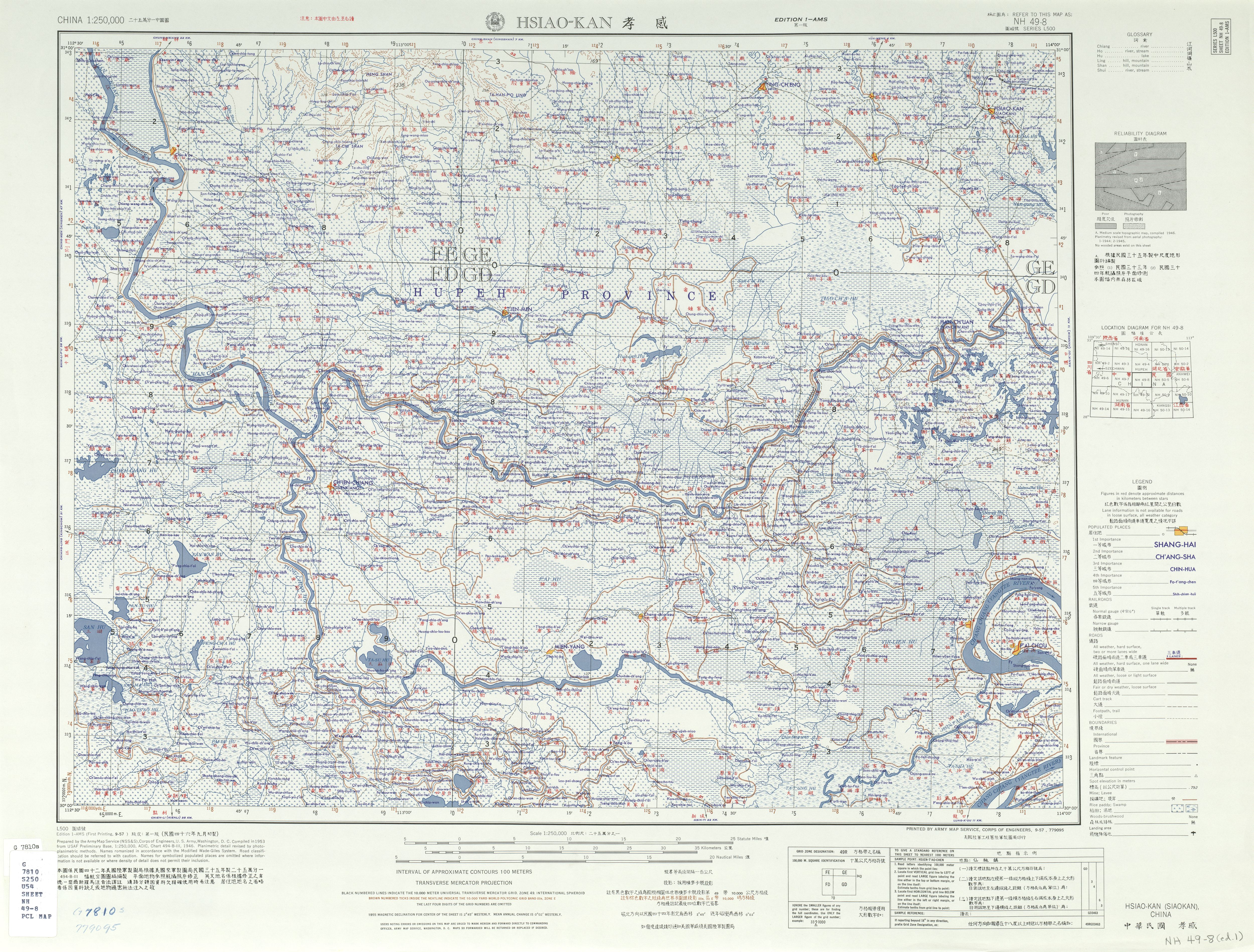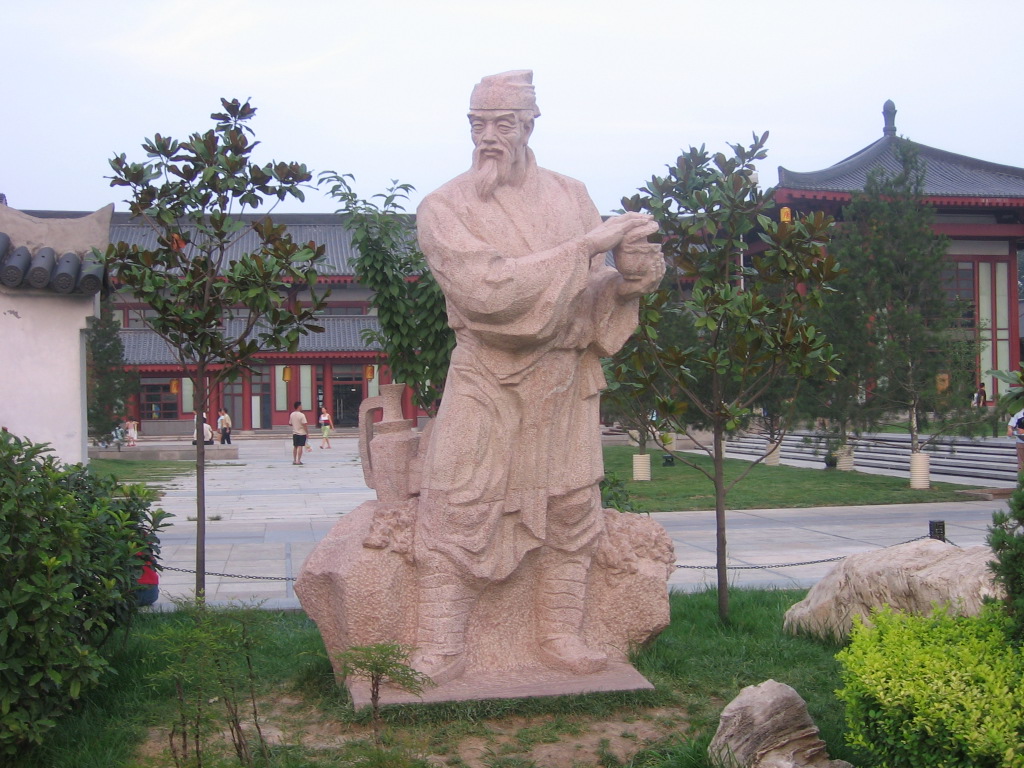|
Tianmen
Tianmen () is a sub-prefecture-level city (sometimes considered a county-level city) in central Hubei Province, China. It is on the Jianghan Plain, on the west side of Wuhan (the biggest city of Central China, as well as the capital of Hubei) and the east of Jingzhou (a famous city in Chinese history). Formerly known as Jingling (), it was renamed to Tianmen in 1726 during the Qing dynasty. The name comes from the Sky Gate Mountains (meaning “tianmen” in Chinese) which lie northwest of the city.http://www.tianmen.gov.cn/ It is the hometown of Lu Yu, the writer of ''The Classic of Tea'', who is respected as "the Sage of Tea" for his contribution to the tea culture. Tianmen has the largest population among the same-level cities in Central China. It was honoured "National Civilized City" by Chinese government in 2014. Ancient history Prehistoric ancient settlements in the Tianmen area existed at least 7,000 to 8,000 years ago as evidenced by Shijiahe neolithic tribal ruins wh ... [...More Info...] [...Related Items...] OR: [Wikipedia] [Google] [Baidu] |
Jingling Sundistrict
Tianmen () is a sub-prefecture-level city (sometimes considered a county-level city) in central Hubei Province, China. It is on the Jianghan Plain, on the west side of Wuhan (the biggest city of Central China, as well as the capital of Hubei) and the east of Jingzhou (a famous city in Chinese history). Formerly known as Jingling (), it was renamed to Tianmen in 1726 during the Qing dynasty. The name comes from the Sky Gate Mountains (meaning “tianmen” in Chinese) which lie northwest of the city.http://www.tianmen.gov.cn/ It is the hometown of Lu Yu, the writer of ''The Classic of Tea'', who is respected as "the Sage of Tea" for his contribution to the tea culture. Tianmen has the largest population among the same-level cities in Central China. It was honoured "National Civilized City" by Chinese government in 2014. Ancient history Prehistoric ancient settlements in the Tianmen area existed at least 7,000 to 8,000 years ago as evidenced by Shijiahe neolithic tribal ruins wh ... [...More Info...] [...Related Items...] OR: [Wikipedia] [Google] [Baidu] |
Hubei
Hubei (; ; alternately Hupeh) is a landlocked province of the People's Republic of China, and is part of the Central China region. The name of the province means "north of the lake", referring to its position north of Dongting Lake. The provincial capital, Wuhan, serves as a major transportation hub and the political, cultural, and economic hub of central China. Hubei's name is officially abbreviated to "" (), an ancient name associated with the eastern part of the province since the State of E of the Western Zhou dynasty of –771 BCE; a popular name for Hubei is "" () (suggested by that of the powerful State of Chu, which existed in the area during the Eastern Zhou dynasty of 770 – 256 BCE). Hubei borders the provinces of Henan to the north, Anhui to the east, Jiangxi to the southeast, Hunan to the south, Chongqing to the west, and Shaanxi to the northwest. The high-profile Three Gorges Dam is located at Yichang, in the west of the province. Hubei is the 7th-largest p ... [...More Info...] [...Related Items...] OR: [Wikipedia] [Google] [Baidu] |
Shijiahe
The Shijiahe culture (2500–2000 BC) was a late Neolithic culture centered on the middle Yangtze River region in Shijiahe Town, Tianmen, Hubei Province, China. It succeeded the Qujialing culture in the same region and inherited its unique artefact of painted spindle whorls. Pottery figurines and distinct jade worked with advanced techniques were also common to the culture. Overview The culture is named after its type site, the Shijiahe site cluster, in Tianmen, Hubei, in the Middle Yangtze Valley. The lower layer of the site belonged to the Qujialing culture. The city site is said to be a "nearly perfect square" of in area and was densely populated. It may have housed from between 15,000 and 50,000 inhabitants within the settlement's walls. At Dengjiawan, within the Shijiahe site cluster, some pieces of copper were discovered, making these the earliest copper objects discovered so far in southern China. The primary mode of travel was thought to be watercraft. People even built ... [...More Info...] [...Related Items...] OR: [Wikipedia] [Google] [Baidu] |
County-level City
A county-level municipality (), county-level city or county city, formerly known as prefecture-controlled city (1949–1970: ; 1970–1983: ), is a Administrative divisions of China#County level (3rd), county-level administrative division of the China, People's Republic of China. County-level cities have judiciary, judicial but no legislature, legislative rights over their own local ordinance, local law and are usually governed by Administrative divisions of China#Prefectural level (2nd), prefecture-level divisions, but a few are governed directly by Administrative divisions of China#Provincial level (1st), province-level divisions. A county-level city is a "city" () and "county" () that have been merged into one unified jurisdiction. As such it is simultaneously a city, which is a municipal entity and a county which is an administrative division of a prefecture. Most county-level cities were created in the 1980s and 1990s by replacing denser populated Counties of Chin ... [...More Info...] [...Related Items...] OR: [Wikipedia] [Google] [Baidu] |
Sub-prefecture-level City
A sub-prefectural municipality (), sub-prefectural city, or vice-prefectural municipality, is an unofficial designation for a type of administrative division of China. A sub-prefectural city is officially considered to be a county-level city, but it has more power ''de facto'' because the cadres assigned to its government are one half-level higher in rank than those of an "ordinary" county-level city—though still lower than those of a prefecture-level city. While county-level cities are under the administrative jurisdiction of prefecture-level divisions, sub-prefectural cities are often (but not always) administered directly by the provincial government, with no intervening prefecture level administration. Examples of sub-prefectural cities that does not belong to any prefecture: Jiyuan (Henan Province), Xiantao, Qianjiang and Tianmen (Hubei), Shihezi, Tumxuk, Aral, and Wujiaqu (Xinjiang). Examples of sub-prefectural cities that nevertheless belong to a prefecture: Golmud ... [...More Info...] [...Related Items...] OR: [Wikipedia] [Google] [Baidu] |
The Classic Of Tea
''The Classic of Tea'' or ''Tea Classic'' () is the first known monograph on tea in the world, by Chinese writer Lu Yu between 760 CE and 762 CE, during the Tang dynasty. Lu Yu's original manuscript is lost; the earliest editions available date to the Ming dynasty. According to tea lore, Lu Yu was an orphan of Jinling county (now Tianmen City in Hubei Province) who was adopted by a Buddhist monk of the Dragon Cloud Monastery. He refused to take up the monastic robes and was assigned menial jobs by his stepfather. Lu Yu ran away and joined the circus as a clown. At age 14, Lu Yu was discovered by the local governor Li Qiwu, who offered Lu Yu the use of his library and the opportunity to study with a teacher. During the An Lushan and Shi Siming rebellion period, Lu Yu retired to Shaoqi (now Wuxing county, Zhejiang). Lu Yu made friends with many literati, including the calligrapher Yan Zhenqing and the poet Huangfu Zheng. For Lu Yu, tea symbolized the harmony and mysterious ... [...More Info...] [...Related Items...] OR: [Wikipedia] [Google] [Baidu] |
Sub-prefecture-level City
A sub-prefectural municipality (), sub-prefectural city, or vice-prefectural municipality, is an unofficial designation for a type of administrative division of China. A sub-prefectural city is officially considered to be a county-level city, but it has more power ''de facto'' because the cadres assigned to its government are one half-level higher in rank than those of an "ordinary" county-level city—though still lower than those of a prefecture-level city. While county-level cities are under the administrative jurisdiction of prefecture-level divisions, sub-prefectural cities are often (but not always) administered directly by the provincial government, with no intervening prefecture level administration. Examples of sub-prefectural cities that does not belong to any prefecture: Jiyuan (Henan Province), Xiantao, Qianjiang and Tianmen (Hubei), Shihezi, Tumxuk, Aral, and Wujiaqu (Xinjiang). Examples of sub-prefectural cities that nevertheless belong to a prefecture: Golmud ... [...More Info...] [...Related Items...] OR: [Wikipedia] [Google] [Baidu] |
County-level City
A county-level municipality (), county-level city or county city, formerly known as prefecture-controlled city (1949–1970: ; 1970–1983: ), is a Administrative divisions of China#County level (3rd), county-level administrative division of the China, People's Republic of China. County-level cities have judiciary, judicial but no legislature, legislative rights over their own local ordinance, local law and are usually governed by Administrative divisions of China#Prefectural level (2nd), prefecture-level divisions, but a few are governed directly by Administrative divisions of China#Provincial level (1st), province-level divisions. A county-level city is a "city" () and "county" () that have been merged into one unified jurisdiction. As such it is simultaneously a city, which is a municipal entity and a county which is an administrative division of a prefecture. Most county-level cities were created in the 1980s and 1990s by replacing denser populated Counties of Chin ... [...More Info...] [...Related Items...] OR: [Wikipedia] [Google] [Baidu] |
Lu Yu
Lu Yu (; 733–804) or Lu Ji (陆疾), courtesy name Jici (季疵) was a Chinese tea master and writer. He is respected as the Sage of Tea for his contribution to Chinese tea culture. He is best known for his monumental book ''The Classic of Tea,'' also known as ''Ch'a Ching'' (simplified Chinese: 茶经), the first definitive work on cultivating, making and drinking tea. Biography Lu Yu was born in 733 in Tianmen, Hubei. For six years, Lu Yu stayed in Huomen mountain studying under the guidance of master Zou Fuzi. During this period, Lu Yu often brewed tea for his teacher. He also took care of fellow students' health using his remarkable knowledge in tea and herbs that he learned while at the Longgai Monastery. Whenever time permitted between his studies Lu Yu often went to the countryside to gather tea leaves and herbs. In one of those trips Lu Yu stumbled upon a spring underneath a 6-foot round rock and the water from the spring was extremely clear and clean. When Lu Yu ... [...More Info...] [...Related Items...] OR: [Wikipedia] [Google] [Baidu] |

.jpg)

